Until recently, it was impossible to imagine facility management without Excel. It was the tool to keep track of KPIs, report results and perform complicated calculations. But now that we can do more and more with Big Data worldwide, facility management could of course not stay behind. So it is time for farewell and time for renewal. And for three reasons.
The pros and cons of Excel
Excel has pros and cons
cons. We highlight them one by one below:
Excel is great for complicated things:
whatever you want to calculate,
Excel has a formula for it. But therein lies the problem.
Because so much is possible, the program is also extremely error-prone. A morning not sharp? Substitute a digit for
another and your report is no longer correct. So how suitable is it then?
The program works well for small projects: but if you want to collaborate with other stakeholders, this is almost impossible. For example
when you as a client have final responsibility and must agree
give, the supplier must be able to give comments and the consultant changes
must implement. Maybe you have to be patient and keep track of versions somewhere
can come. But it’s certainly not far.
No possibility to link: Excel is for clients, only a few
print out after, not to link with important systems for automatic
data input. Think of IWMS (for example
room books and tickets), supplier, quality control or own internal
systems. In the long term it gives little insight, and benchmarking is too
with Excel a lot more complex, because the information is not automatic
generated.
Excel alternative
Create facility contract management
more efficient, easier and more fun with an Excel alternative. A simple,
but a powerful online tool for facility contract management is the solution. You can do all this with
a strong tool:
Easy sharing and collaboration
With a digital facility contract manager you work in an online environment,
in which you have both a facility dashboard and a contract
management tool. You can add users to it to share the data together
view, analyze and share. You can also easily collaborate at the same time,
without running the risk of looking at the wrong version, with erroneous ones
information works or that you lose files. Create the ideal
collaborative environment for all stakeholders. So you know for sure that all noses
in the same direction and that everyone works with the right information.
Data-driven facility management
Of course you can do enough
from self-reported figures within Excel. With self-entered data and
the correct calculations will eventually lead you to the necessary conclusions. But
therein lies the crux: ultimately. Because you can’t have missed that there are quite a few
how much time is spent entering, calculating and analyzing everything yourself. And then you are
not even started drawing conclusions from the data.
Work efficiently in real-time dashboards with the right data and with little space for it
human error requires automation. Only with an online facility
management tool do you have those handles that data driven facility management really
enable. And easy! After all, you no longer have to rely on one
piece of intuition and your own skills within Excel. Your focus is now on it
drafting and complying with contracts, determining KPIs and conducting audits, as it should be.
Working efficiently in real-time dashboards with the right data and with little room for human error requires automation.
Automatic links
As mentioned, Excel
incredibly versatile. If you are a bit handy with numbers and formulas, you can
you a whole lot. But what Excel cannot do is create an automatic link
with major facility management systems. So you miss a lot of data that you
you need to add or keep track of in your various Excel files. Not so
efficient. Certainly not if your facilities are extremely extensive.
A good digital one
facility contract manager can do this
well. From the system it is easy to make a link with, among other things:
IWMS systems: do your employees have complaints about the building you facilitate? Then, as a facility manager, you naturally want to be able to see what kind of complaint it was, when it was submitted and in what time frame the solution was offered by the service provider. This is very easy with a link to your IWMS system, as well as viewing data from the past in order to perform a clear analysis.
Quality audit systems: to easily perform measurements. Think of DKS and VSR measurements for cleaning, or HACCP measurements for catering. The assessment can be included in the report every two weeks. This way you know exactly when it is time to make adjustments.
Vendor systems: for example, to keep track of the review of call reports. Check whether the location manager is still satisfied or not. Does the grade fall below a certain minimum? Then you know you need to take action.
In short, time to switch!
Time to step up and look ahead. Data driven facility contract management is here to stay. With the best options to the same


